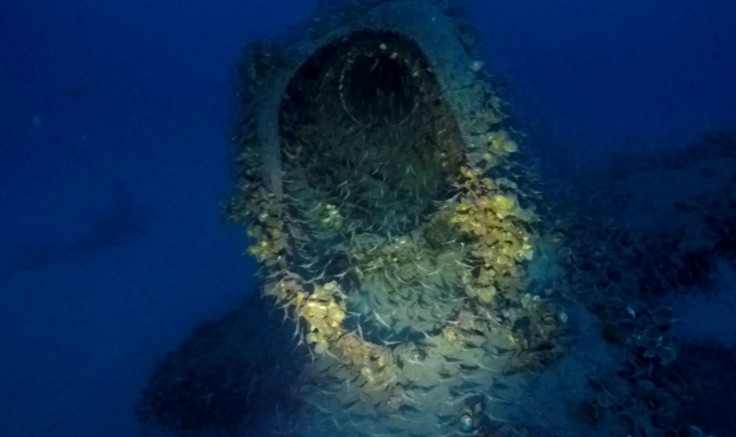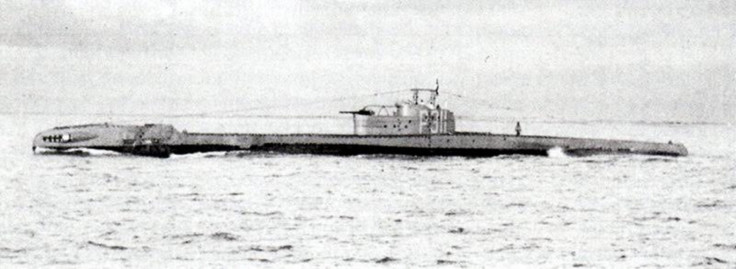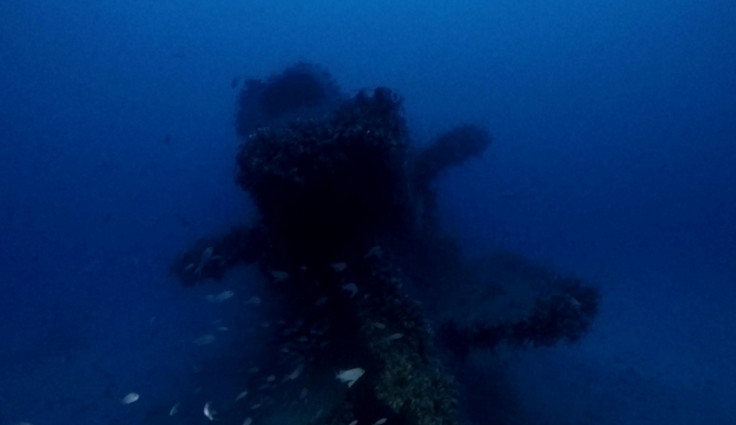HMS P311: Sunken WW2 submarine to remain in sea off Sardinia as war memorial

The British Second World War submarine found off the coast of Sardinia, believed to be that of missing HMS P 311, looks certain never to be raised from the ocean despite containing the bodies of its 71 crew members inside. The wreckage of the long-lost T-class boat was discovered around 90m (295 ft) from the surface of the Mediterranean Sea by Italian diver Massimo Domenico Bondone.
The submarine had been missing for more than 73 years after it vanished between late December 1942 and January 1943 after setting off from Malta to take part in a military attack on Italian warships.
The ship was presumed mined after it failed to return to Malta on 8 January. Paola Pegoraro of the Orso Diving Club, who helped prepare the dive, told the Associated Press the sub was identified by the two Chariot "human torpedoes" affixed to the outside.
Bordone told local Italian press when he found the wreckage, it was still in relatively good condition and not too damaged from the mine explosion believed to have sank it. He came to the conclusion that all crew members must have died as a result of suffocation and have remained inside the submarine ever since.
Despite this, both the British and Italian navy say they are no plans to attempt to raise the submarine from the ocean, and instead will keep the vessel in place as a memorial to those who died.

An Italian coastguard official with the Olbia port authority, which is responsible for the stretch of sea including the wreckage site, said the final decision on whether to recover the remains laid with the Royal Navy.
"It's their crew, so it is their right to decide," the official, who spoke to IBTimes UK on condition of anonymity as he was not allowed to speak to the press, said.
The central command in Rome was to discuss the matter with its British counterpart. Meanwhile the coastguard will place a temporary ban on all activities around the submarine to respect the memory of the deceased, the official said. Resting some 90m underwater the wreckage is reachable only by professional divers with technical equipment.

The Italian navy said that even if a salvage operation was to be launched it would be impossible to predetermine how long it would take. "There are too many variables like the high depth, the conditions of the seafloor, the weather and it's impossible to know what other issues may arise underwater," a Navy spokesman said.
The British Royal Navy also that attempting to retrieve the submarine at a depth of around 90m is both an expensive and potentially dangerous exercise. They added it isn't necessary to raise this submarine in particular as there are "potentially thousands of wreckages" from the Second World War still in the oceans, especially around the Mediterranean Sea.
A spokesperson added: "The submarine remains the property of Britain, so we ask that it is respected accordingly. We would never raise any vessel unless there were compelling historical or operational reasons to do so. We are examining our records to determine whether or not this is a Royal Navy submarine."

The P 311 was led by Commander Richard Cayley, one of the most highly documented officers in the war. He was awarded the award of a Distinguished Service Order and two Bars in 1941. His daughter, 82-year-old Jennifer Barker, agreed the P 311 should remain where it is. She told the Hampshire Chronicle: "If it is intact it probably means all of the bodies are still inside. I just hope they leave her where she is and don't try to raise her. It's a war grave and should be respected as such."
P311 was the only unnamed T-class boat – she was due to have been named Tutankhamen, but was lost before she could be officially named.
© Copyright IBTimes 2024. All rights reserved.






